Planning your own trip? Prepare for your trip
Use Rough Guides' trusted partners for great rates
Book your individual trip, stress-free with local travel experts
Plan your tailor-made trip with a local expert
Book securely with money-back guarantee
Travel stress-free with local assistance and 24/7 support
Denis
Our trip has been amazing. This is our third time in Sri Lanka and possibly my favourite trip. I am already planning my next one.
Read all reviews ⤍Costa Rica is an ecological treasure trove. One of the world’s most biodiverse areas, it’s home to pristine rainforests, steaming volcanoes and tangled mangroves that support an incredible variety of wildlife, from sloths to rainbow-billed toucans. Read on for our Costa Rica travel guide overview.
All this - and more - can be found in The Rough Guide to Costa Rica - check it out for top Costa Rica travel inspiration and advice.
Find out more essential information about travel to Costa Rica.
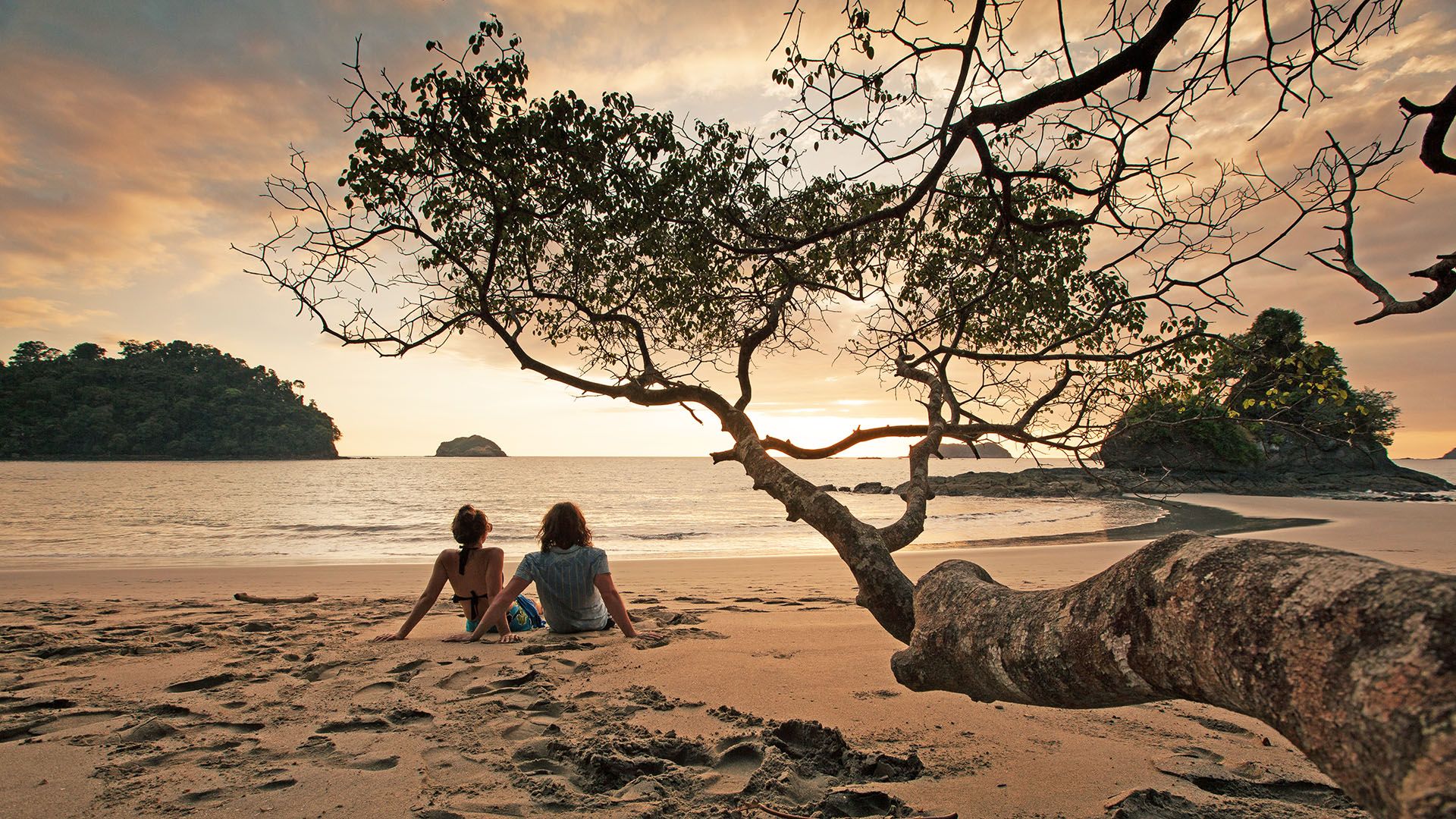
Costa Rica Sunset at Manuel Antonio Antonio National Park © thefilmpoets/Shutterstock
All regions of Costa Rica offer a richness of natural attractions, from the jungle-cloaked Osa Peninsula, to the turtle-nesting beaches of Parque Nacional Tortuguero. Lesser-trodden sites for wildlife wonders can be found at Parque Nacional Los Quetzales, while the Nicoya Peninsula is a remote spot to kayak in the company of monkeys and sloths - Costa Rica travel at its most immersive.
Costa Rica’s capital San José has a good arts scene and the surrounding Valle Central is home to the steaming Volcán Poás and the lunar-like Volcán Irazú.
The plains of the Zona Norte feature iconic Volcán Arenal, while the Refugio Nacional de Vida Silvestre Caño Negro (near the Nicaraguan border) is a haven for birds and basking caiman.
Off-the-beaten-path travellers should head to Cerro Chirripó, which looms above the plains of Zona Sur. Parque Nacional Corcovado is arguably the best hiking destination in Costa Rica.
The province of Guanacaste boasts some of Costa Rica’s best (and most popular) beaches. Try Sámara and Nosara on the Nicoya Peninsula for stunning scenery without the crowds.
Limón province is home to descendants of Afro-Caribbeans who came to Costa Rica in the late nineteenth-century. It’s best known for the sea turtles that nest on Parque Nacional Tortuguero’s beaches.
Near the Pacific coast, Monteverde presents one of Americas’ last remaining high-altitude cloudforests. Further south is Parque Nacional Manuel Antonio.
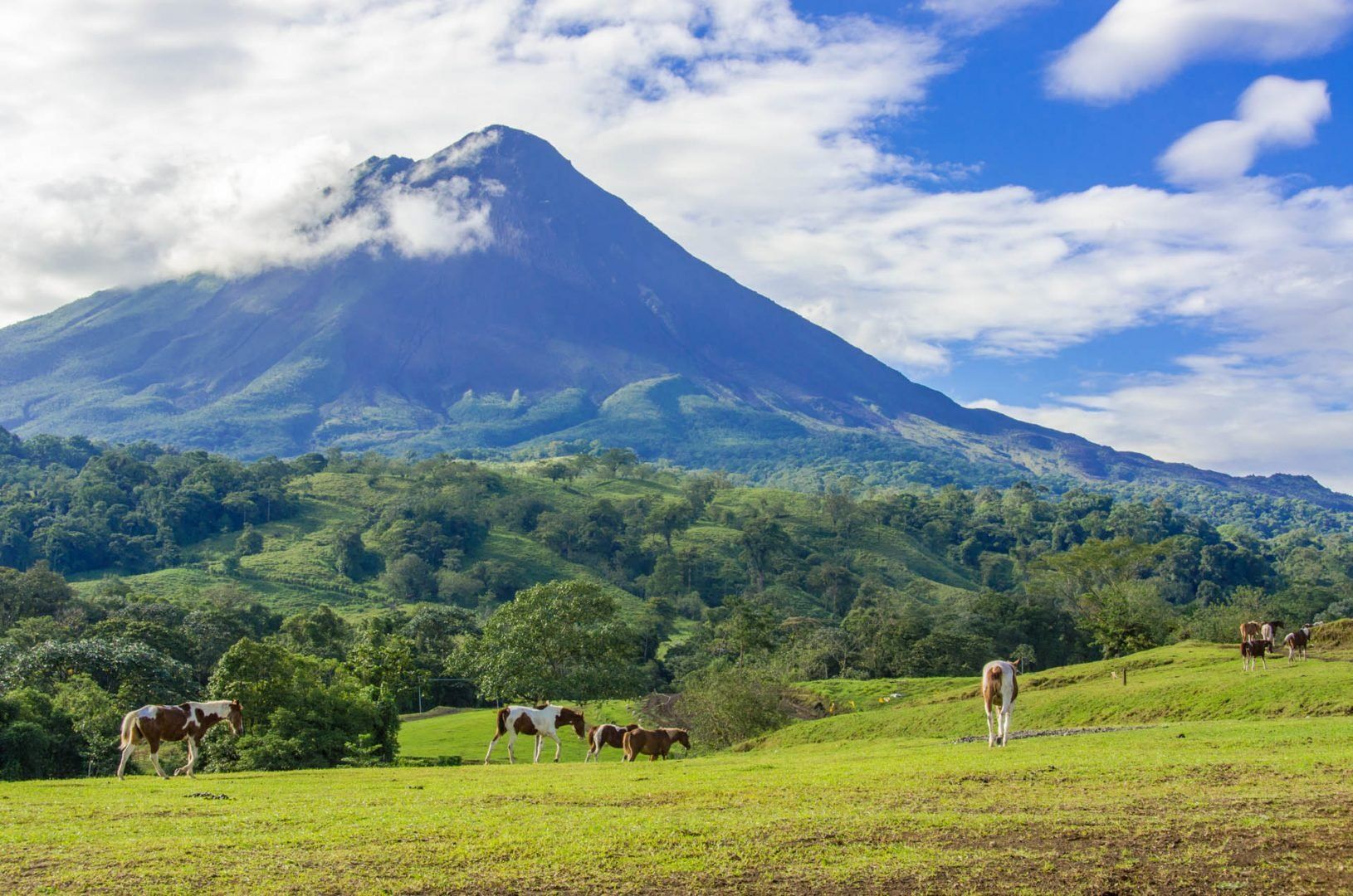
Arenal volcano, Costa Rica © Simon Dannhauer/Shutterstock
Here’s a run-down of famous landmarks and attractions in Costa Rica everyone should see in a lifetime - top choices you’ll definitely want to consider when planning to travel to Costa Rica.
Discover more great places to see in our ultimate list of things not to miss in Costa Rica.
When you visit Costa Rica, birdwatching should be near the top of your must-do list, even if you’ve never done it before. With almost 900 species - a higher number than all of North America - it really is a bird-watcher’s paradise, with an abundance of hummingbirds, toucans, kingfishers and trogons. The iconic resplendent quetzal can be found in the higher elevations of Monteverde and the Cordillera de Talamanca. Most hotels and all eco ldoges will be able to hook you up with a Costa Rica travel guide with avian expertise. Catching sight of this shimmering beauty is a true a Costa Rica travel highlight.
From multi-day hikes through remote rainforest to rambles around national park trails, Costa Rica offers heavenly hiking experiences. Some of the finest hikes include Cerro Chirripó for incredible views, Sendero Laguna Meándrica for birdwatching, Sendero Los Patos–Sirena for wildlife and Sendero Las Pailas for scenery.
Over 20 rivers in Costa Rica offer good kayaking opportunities, especially the Sarapiquí, Reventazón, Pacuare and Corobicí, and the wildlife-rich mangroves of Isla Damas and Bahía Drake. La Virgen in the Zona Norte is a good base for customized kayaking tours, with specialist operators or lodges renting boats, equipment and guides. Be warned, though, sea-kayaking is for experienced kayakers, and only ever with a guide - both coasts have treacherous currents.
Both the Caribbean and Pacific coasts offer good surfing. You can surf all year round on the Pacific: running north to south the best beaches in Costa Rica for surfing are Naranjo, Tamarindo, Boca de Barranca, Jacó, Hermosa, Quepos, Dominical and, near the Panama border, Pavones. On the Caribbean coast, the finest year-round beaches are at Puerto Viejo de Talamanca and Punta Uva.
Though diving is less of a big deal in Costa Rica than in Belize or Honduras’ Bay Islands, there are a few worthwhile dive sites around the country. The best, however, lie some 535km off Costa Rica’s Pacific coast in the waters around Parque Nacional Isla del Coco. To see an abundance of concentrated underwater life, try the small reef near Manzanillo on the Caribbean coast.
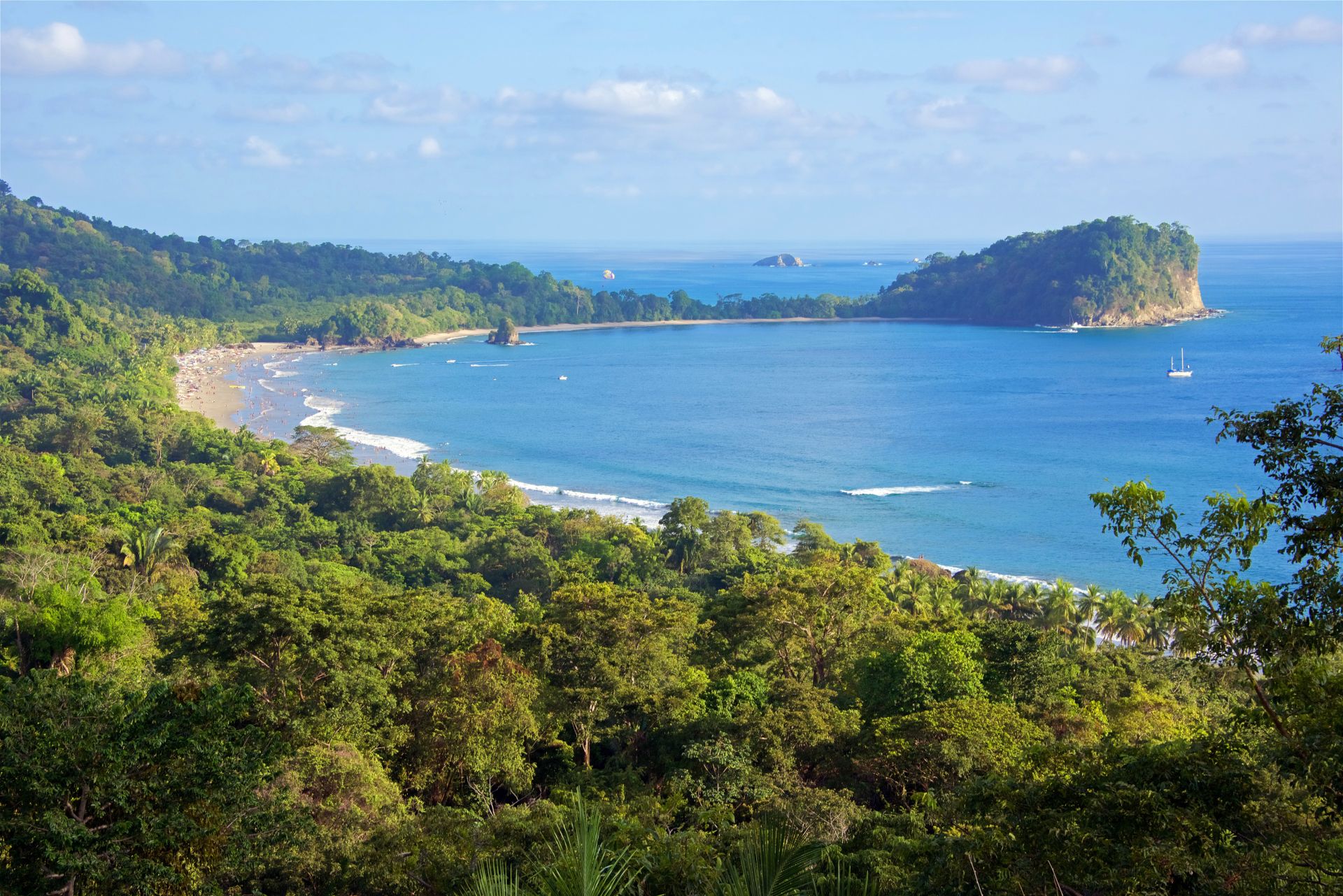
Manuel Antonio, Costa Rica © PAUL ATKINSON/Shutterstock
If you’re wondering “what’s the best month to go to Costa Rica?”, November, April and early May are most ideal. The dry season runs from mid-November to April, with sunshine and warm temperatures, while the rainy season (May to mid-November) is at its wettest in September and October. Visiting pre-Easter is best if you want to avoid too many crowds.
Find out more about the best time to visit Costa Rica.
Costa Rica is served by two international airports. Juan Santamaría (SJO), just outside San José, receives the majority of flights, though Daniel Oduber Quiros (LIR), near Liberia, handles an increasing range from the US, Canada and the UK. If you’re already in the region, Costa Rican airlines Sansa and Nature Air run regular flights between San José and Nicaragua and Panama.
Read on for the best ways to get to Costa Rica.
Travelling in Costa Rica is relatively straightforward and, if you’re wondering how to travel around Costa Rica on a budget, the bus is an excellent, inexpensive way to get around - even in remote areas. Car rental in Costa Rica is more common than in the rest of Central America, but it can be a pretty a hair-raising experience, with precipitous drops in the highlands and potholed roads just about everywhere else.
Learn more about transport and how to get around Costa Rica.
When you travel to Costa Rica, there are a wide range of accommodation options to consider - from upscale all-inclusive resorts, to private guesthouses (casas). And, given its exceptional natural attractions, it’ll come as no surprise that Costa Rica is blessed with excellent eco-lodges that afford the country’s best wildlife-watching opportunities.
A top Costa Rica travel experience is trying the local food. Called comida típica (“native” or “local” food) by Ticos, it’s tasty and unpretentious with interesting regional variations found along the Caribbean coast, with its Creole-influenced cooking, and in Guanacaste, where there are vestiges of the ancient indigenous peoples’ use of maize. A must-try meal is Gallo pinto (“painted rooster”), a breakfast of red and white beans with rice that’s often described as the national dish.
Read more about local food and drink in Costa Rica.
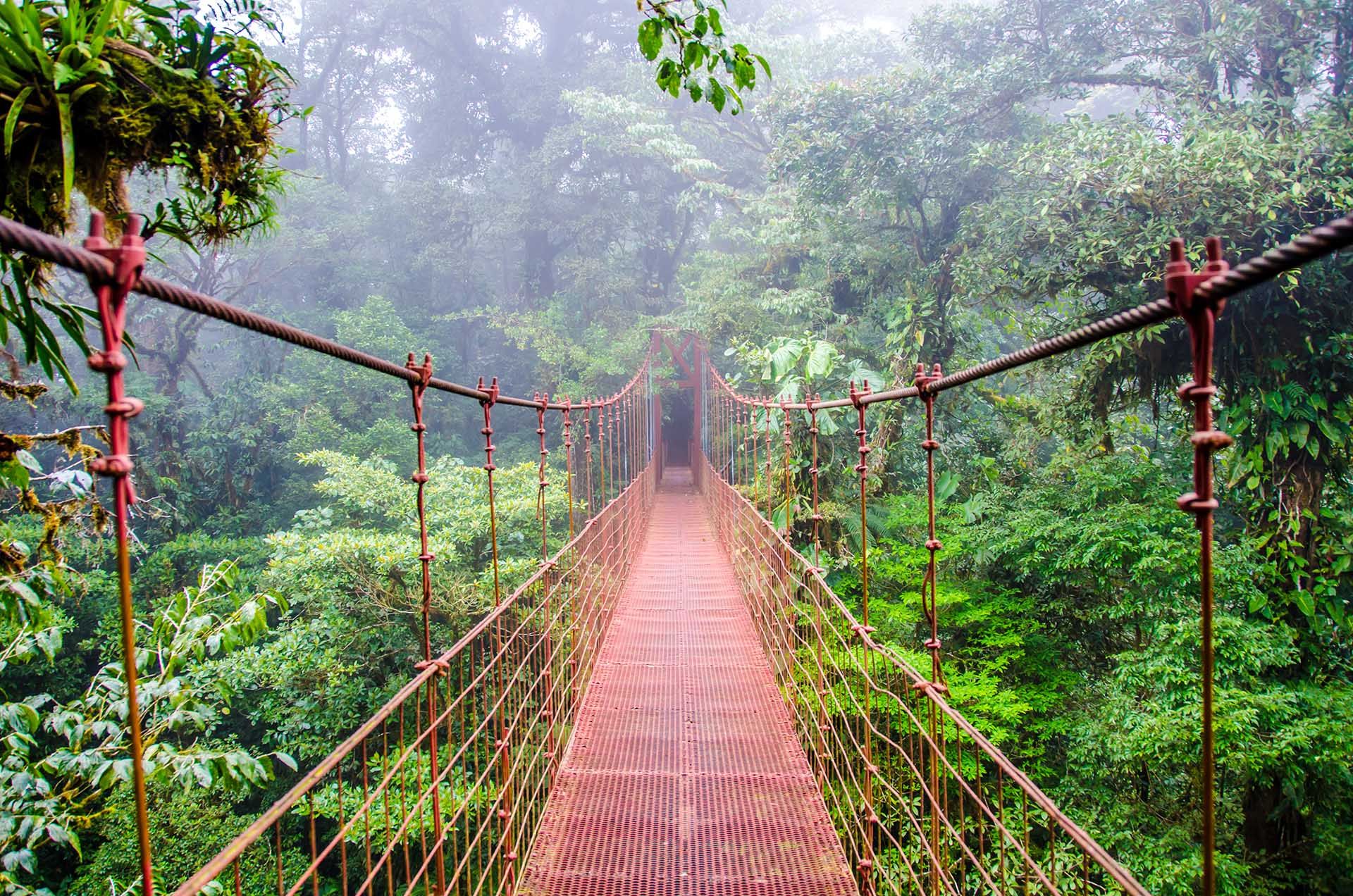
Monteverde cloudforest, Costa Rica © Simon Dannhauer/Shutterstock
Though not on the scale of, say, the fiestas in Mexico or Guatemala, Costa Rica has its fair share of lively holidays and festivals (feriados) when banks, post offices, museums and government offices close and people take to the streets and beaches to celebrate. Perhaps the biggest and brightest of them all is held on 15th September - Independence Day - with patriotic parades celebrating Costa Rica’s independence from Spain in 1821. For culture vultures, this is perhaps the best time to travel to Costa Rica.
To include a festival in your trip to Costa Rica, check out the month-to-month overview of festivals in Costa Rica.
Capital San José pulsates with the country’s most diverse nightlife, and is home to scores of bars, clubs, live music venues and theatres. Avenida Central in Los Yoses is a well-known trail of upmarket bars, while San Pedro’s Calle de la Amargura nightlife is geared more towards students. Those looking to kick back with locals should head to a boca bar. In Costa Rica, bocas (appetizers) are the tasty little snacks traditionally served free in bars. If you’re lucky enough to score a table at a boca bar you’ll be handed a menu of free bocas - one beer gets you one boca, so keep drinking and you can keep eating, and very possibly feel spurred to salsa. Even in remote rural areas you’ll find bars buzzing to the beat of live music.
How many days do you need in Costa Rica? The honest answer is as many as you can spare - a Costa Rica trip offers such a diversity of experiences. That said, here are some ideas if you have at least a week in Costa Rica. You could begin by exploring the area around awe-inspiring Arenal volcano, where a wealth of waterfalls, wildlife reserves and river-rafting opportunities await, before zipping to the Central Pacific coast for sand and surf fringed by fertile forests.
Alternatively, start out at Tortuguero National Park on the Caribbean coast and enjoy a wildlife-rich lagoon tour before heading to Parque Nacional Manuel Antonio on the Pacific Coast for more epic wildlife-watching.
For more inspiration, see some of the Costa Rica itineraries from our Costa Rica travel guide and local travel experts.
Before you travel, read more travel advice and get a more in-depth understanding of culture and etiquette in Costa Rica. And for more first-hand advice, read Costa Rica travel experiences from our content manager who shares with you what you should consider when planning your trip.
From travel safety to visa requirements, discover the best tips for visiting Costa Rica
For everything practical when travelling in Costa Rica, check the travel advice for Costa Rica.
Costa Rica is the most expensive country in Central America. Just about everything - from ice-cream cones and groceries, to hotel rooms and car rental - costs more than you might expect. Even on a rock-bottom budget, you’re looking at spending at least $50 a day for lodging, three meals and the odd bus ticket. Staying in mid-range accommodation, and enjoying the odd excursion could push you over $130 a day, while the sky’s the limit at the upper end, where one night in a swanky hotel can cost over $500 in some places. The good news is that bus travel is always cheap - about $1.50 for local buses, and around $5-7.50 for long-distance buses.
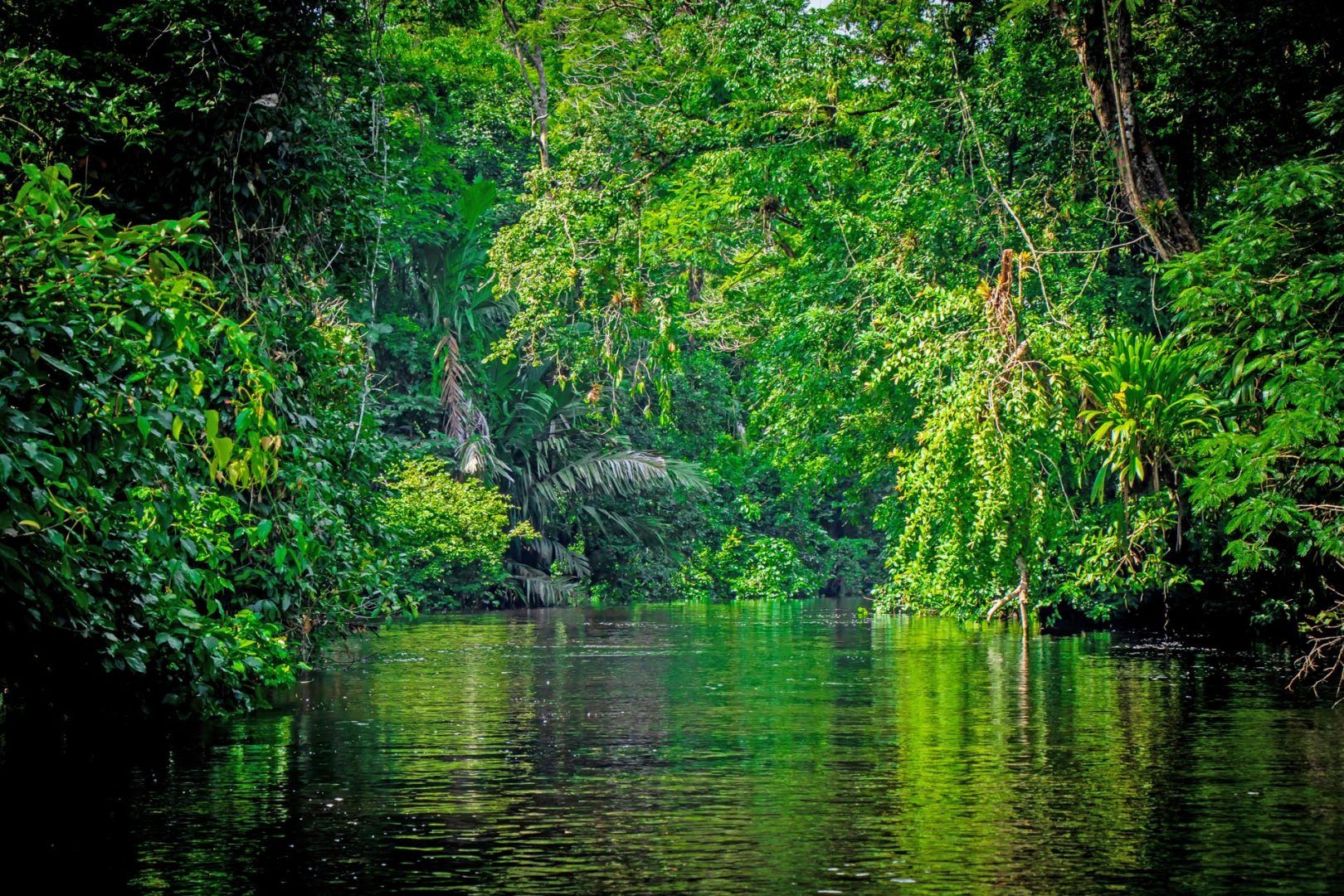
Tortuguero Canal, Costa Rica © Kenneth Vargas Torres/Shutterstock
Costa Rica is one of the safest countries in Latin America. Pickpockets and luggage theft are the greatest problems, particularly in San José and other larger cities, so be vigilant in bus terminals and markets. Car-related crime, especially involving rental vehicles, is on the rise, so always park securely.
For up to date information about safety and travel requirements for Costa Rica, check government guidelines. UK nationals should heed Foreign, Commonwealth & Development Office advice, while travellers from the US should check governmental travel advisory guidelines for Costa Rica.
Use Rough Guides' trusted partners for great rates
written by
Rough Guides Editors
updated 31.05.2024